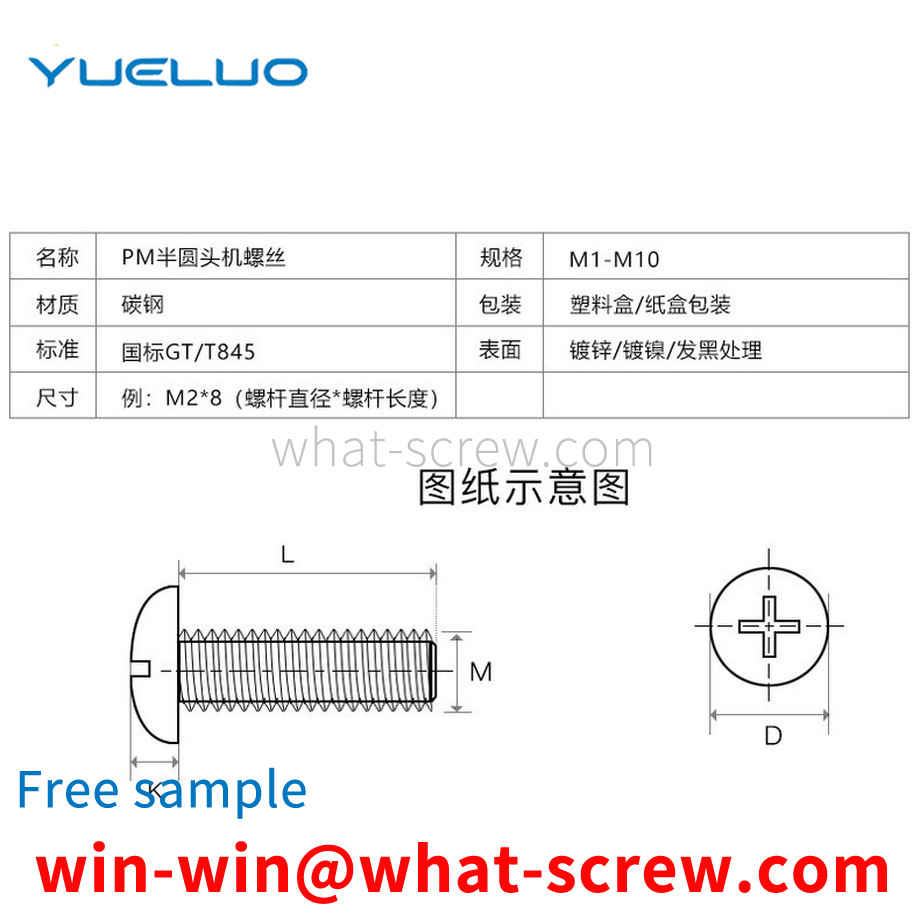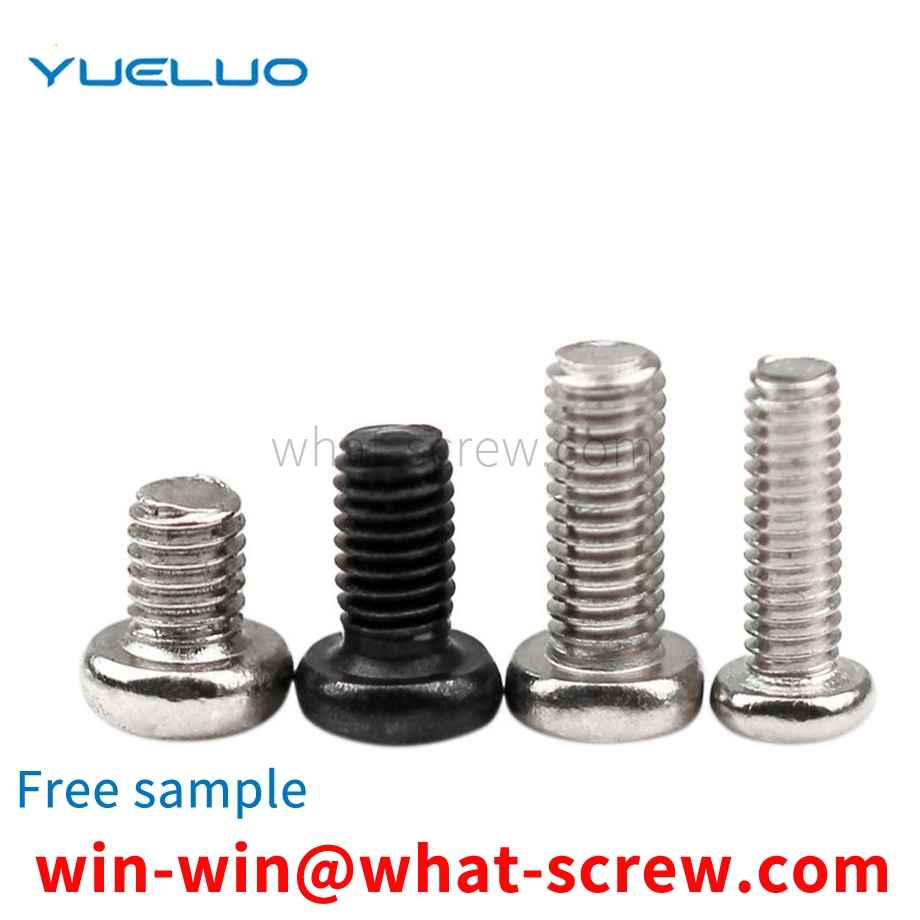Screw name broadcast 1. Machine screw 2. Self-tapping screw 3. Drilling screw 4. Wallboard screw 5. Fiberboard screw 6. Wood screw 7. Hexagonal wood screw 8. Non-prolapse screw 9. Combination screw 10. Micro screw 11. Furniture screws 12. Electronic screws
Pre-embedded copper nuts with straight pattern/twill pattern/herringbone embossing and other various anti-skid patterns can be completed at one time by automatic lathes. More complex copper nuts are processed by forming knives and table turning/tapping. Many products processed after machining are relatively simple reticulated copper nuts and straight-grained copper nuts, which are made of C3604 easy-turning brass. The surface pattern is directly drawn from the original bar, and the pattern is full and the tooth peak and bottom are clearly visible. Injection molding into plastic parts Afterwards, it can bear more high torque.
The profile of the American National thread (60 profile angle and H/8 flatness) is different from the Wyeth thread profile (55 profile angle and H/6 flattening height). American National Thread is widely used in regions and industries that are influenced by American industry. In World War II, due to the inconsistent thread standards used by the Allies, the logistical supply difficulties caused serious economic losses and casualties to the Allies. Immediately after the end of World War II, the United States, the United Kingdom, Canada and other allies immediately began to formulate a unified thread standard among allied countries, and promulgated a unified thread standard in 1948. Because the economic strength and military strength of the United States dominated the Allied forces at that time, the unified thread was mainly formulated according to the national thread standard of the United States. Unity; the latter letter N is derived from the N designation for American National Threads. Since then, the unified thread began to squeeze the original use market of the British Whitworth thread.
There are many types of rivets, including dome head, flat head, blind rivet and so on. When riveting parts, they will have uneven force and affect the quality of riveting. Some rivet caps are too thin to easily affect the quality of riveting. Some rivets have poor tightness of riveted parts when riveting. Therefore, both the structure of the rivet and the tightness of the riveting need to be considered, so as to enhance the quality of the rivet fastening.
At present, there are two commonly used nut fixing methods, one is welding fixing: high energy consumption, the welding process easily leads to thread deformation in the nut, which requires re-tapping, which increases the cost, and for aluminum alloy and other materials, the welding process is poor, It is easy to produce welding defects and cannot achieve the function of fastened connection; the other is to pull riveting: in this method, the connection force of the nut is not strong, the reliability is not good, and it is not suitable for thin-walled profiles.
We have many years of experience in the production and sales of screws, nuts, flat washers, etc. The main products are: flat washers representation method, color plated nuts, metric half-thread bolts, copper stud nuts and other products, we can provide you with suitable fasteners. Firmware Solutions.



















 Service Hotline
Service Hotline




